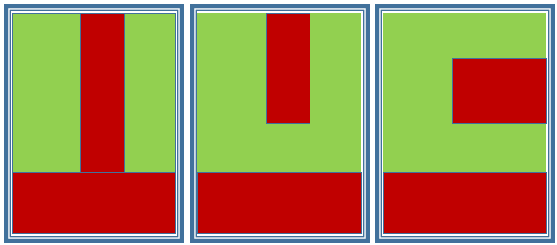APM purpose
This topic explains the purpose of the Automated Page Make-up (APM).
What the APM is meant for?
•The APM is meant for the quick and automated make-up of suitable pages, using predefined good layouts from the prepared APM object libraries. As suitable pages are considered all predictable pages of the print product, with no cutouts or text wraps around images. For more information about suitable pages, see Reviewing pages and identifying APM candidates and Predictable, Repeatable, and Ad-hoc page layouts.
•The software completes each page in about 5-15 seconds.
•The pages, made-up by APM, are to be revised by sub-editors and approved before sent to the printing plant.
What the APM is not meant for?
•The APM is not meant for making-up an entire print product, but only a percentage of the pages, probably not more than 60 or 70%. The pages that qualify for the APM are the pages with the predictable and repeatable layouts. See Reviewing pages and identifying APM candidates and Predictable, Repeatable, and Ad-hoc page layouts.
•The APM will not construct an atomized page layout on the fly: it will use the predefined page layouts that cover the entire Editorial Hole, i.e. the empty editorial space. The reason for this limitation is that there is no way to ensure that the design decisions, made by an automated process would ever be close to the level of an experienced sub. Therefore, APM is not making design decisions, other then choosing one of complete good layouts from APM object libraries.
•The APM won't handle the pages with the fragmented empty space, such as in the examples below (green is the empty space, red is the ads or busy space).

•The automated page make up is not meant to replace the sub editors, but to help them to increase efficiency and to be able to dedicate more time to the “important” pages.
